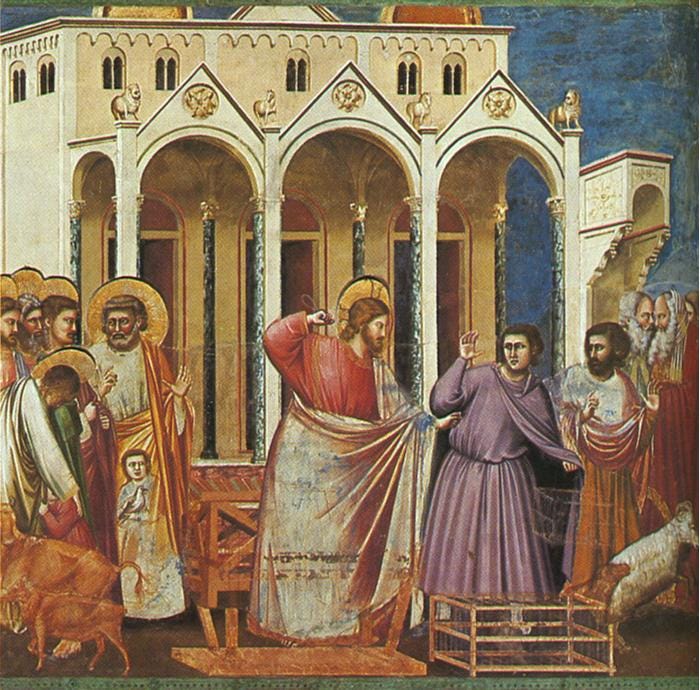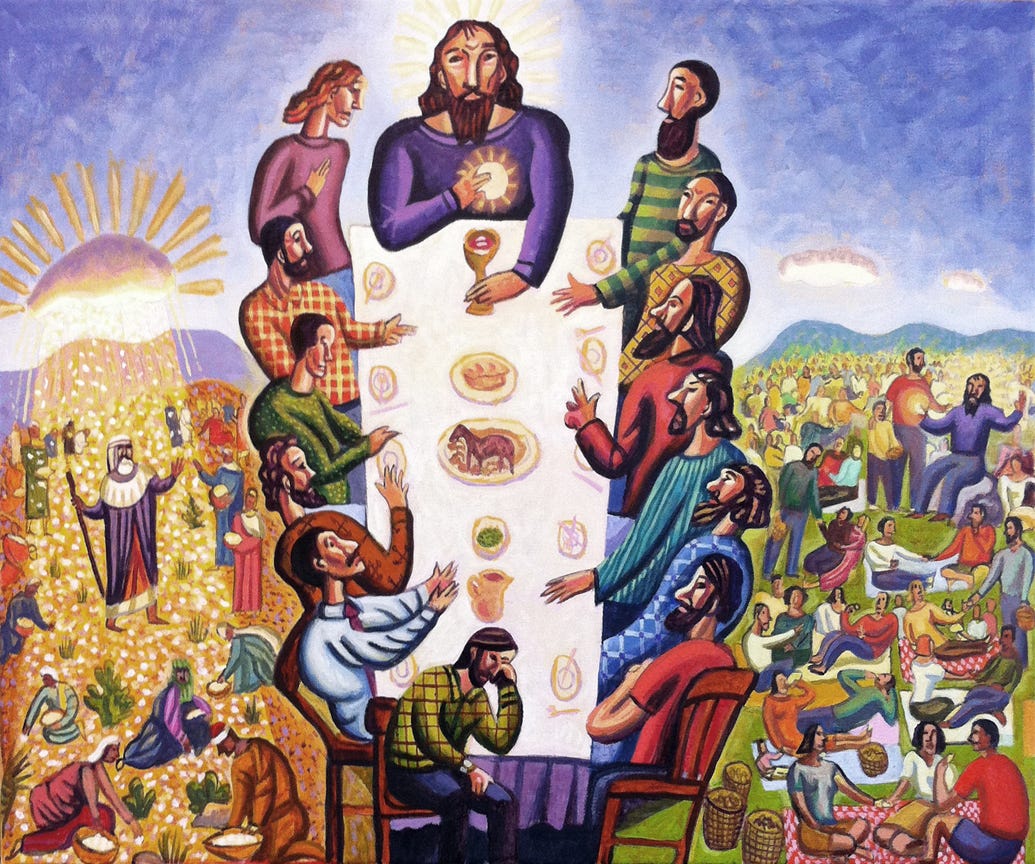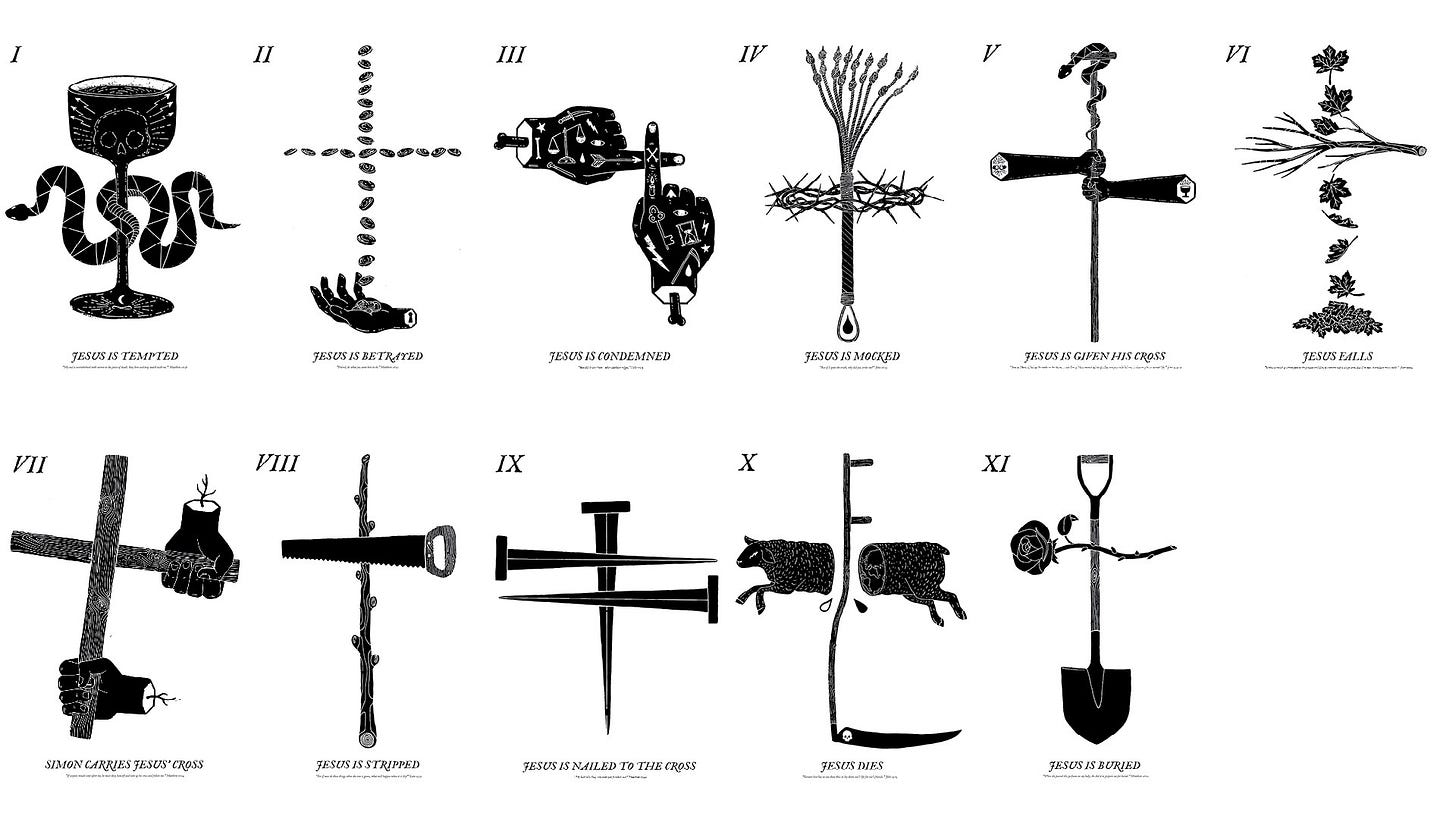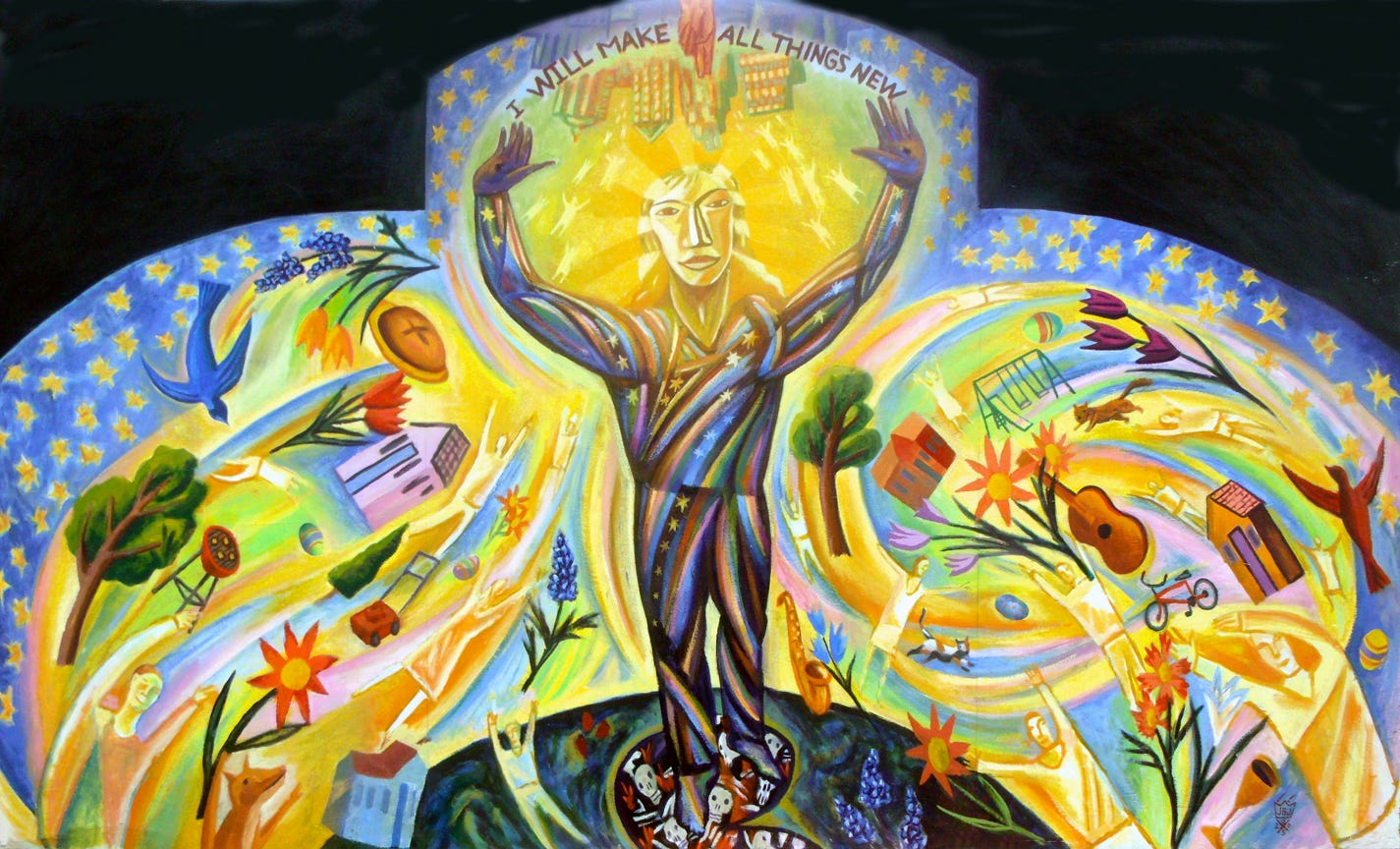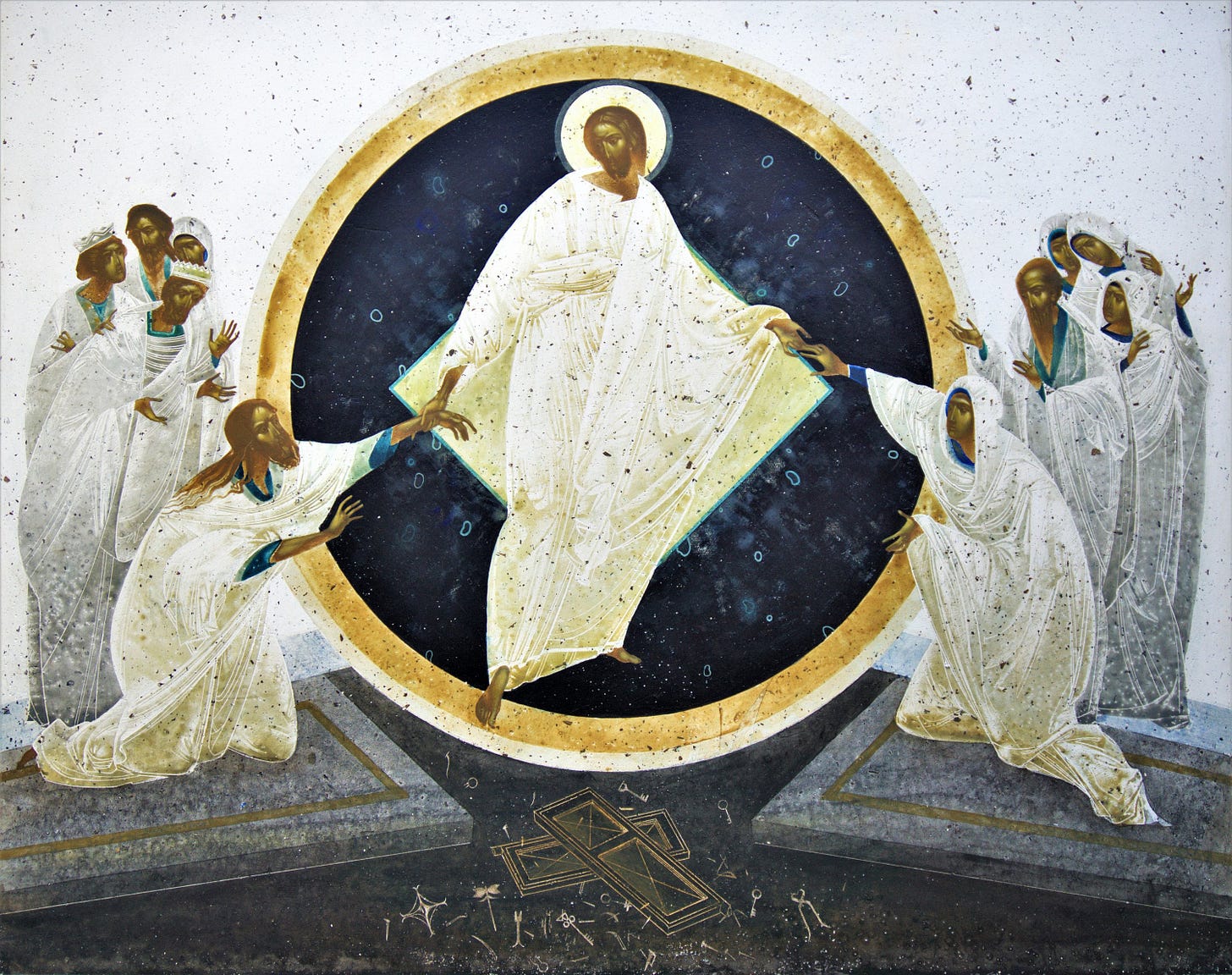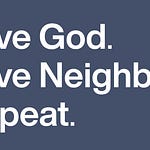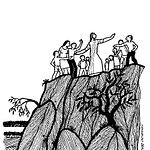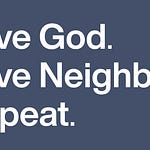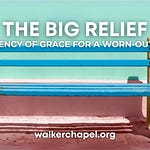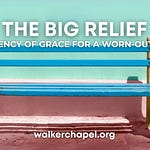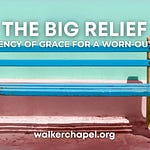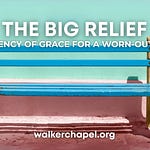A “procession of fools” is how Rev. Fleming Rutledge describes what we are doing today, waving palms in the air while shouting “Hosanna!” In her book, The Undoing of Death, Rev. Rutledge writes, “There was a time when whole towns in Europe would turn out for Palm Sunday processions, and everybody knew what it was all about.”[i] It seems like today, the only thing “whole towns” turn out for is Sunday brunch.
If someone were to walk through the door behind you, there is a good chance that person would not know what you were doing when you were waving your palm in the air like you didn’t care. They might not especially care.
Rev. Rutledge imagines a conversation between a father and child in her book. I’ve updated the conversation to reflect Arlington better.
Kids: “Dad, what are those people doing?”
Dad (who grew up in the United Methodist Church but lost faith in the church, not in Jesus, after the church became more interested in denominational decisions about who is “in” and who is “out” than proclaiming the gospel): “I think it’s Palm Sunday. They’re waving tree branches or something. It could be a protest. I’ll check Facebook or NextDoor. Did you pack all your stuff for Spring Break?”
Kids: “Why?”
Dad: “Why what? I’m not sure. Text your mother and ask her.”
Kids: “Fine. Can we go to the club for lunch”?
[Image 2 – Coptic Palm Sunday] Waving palm branches on Palm Sunday has always made me feel foolish. As a kid, I always looked forward to Palm Sunday because as I entered the sanctuary at Calvary United Methodist Church, I received a divinely blessed (or so I thought) device for terrorizing my younger siblings. But as an adult, it just is not my cup of tea. It has always felt as though something was missing as if there is more to what is happening.
Palm Sunday is recorded in all four gospels – Mark, Matthew, Luke, and John all agree that Jesus processed into Jerusalem. The details vary but all four writers agree that Jesus did what we just read. John tells us that the crowd on Palm Sunday was large because those welcoming Jesus into Jerusalem were the same people who witnessed the raising of Lazarus.
I breathed a sigh of relief after church last Sunday, thinking that the name Lazarus was in the rearview mirror. So, you can imagine the groan I let out after I read verse 17 for this Sunday’s scripture reading. “The crowd that had been with him when he called Lazarus out of the tomb and raised him from the dead continued to testify.”[ii]
Any attempt to reenact Palm Sunday is a fool’s errand because, as St. Matthew tells us, “The whole city was shaken.”[iii] The crowd entering the city was not limited to Jesus’ disciples and followers joining the donkey-led procession. Jesus, riding a borrowed burro, was not the only person entering the city at the time. Over 200,000 pilgrims would have made their way into Jerusalem alongside Jesus for the Passover Festival. The festival was a celebration of remembering the first Passover. God kept God’s promise to protect and deliver Israel during their bondage as Moses prepared to lead them across the Red Sea.
The earth also shook as Pilate, the Roman governor, entered the city, leaving the posh amenities of his seaside home to ensure the 200,000 pilgrims did not get any thoughts of uprising or insurrection. Historians believe Pilate would have entered the city from the west with at least 1000 soldiers demonstrating the empire's power, while Jesus entered from the east.
Three groups of people converge on one city.
One group arrived on foot, another following a man on a borrowed burro, and the last riding a battle horse.
It would be easy to say that between Pilate and Jesus, we have two options, and while we would like to think we will always choose the way of Jesus, we often act like Pilate. Then I would sprinkle some good news grace on top, say “AMEN!” and wrap this sermon up. We could then head home to brunch or kick off Spring Break, knowing we would most likely not see each other again until next Sunday when we celebrate Easter. But, as Rev. Rutledge likes to say, “There is no passage from Palm Sunday to Easter without Good Friday.”[iv]
Because of our busy lives, we will miss much in this story this week.
The day after Jesus entered the city on the back of a borrowed burro, he went to the Temple – the hub of Jewish religion– alongside other pilgrims. There, he will drive out the money lenders and changers. They were profiting off the pilgrims with boosted prices on items needed for ritual sacrifices required by the Temple. Jesus will say, “This is my Father’s house, but you are making it a den of robbers.”[v]
There is so much more to this story.
Tuesday, Jesus will continue the Jerusalem stop of his teaching tour, drawing even more attention from the city's religious leaders. They will try to trap Jesus in his own words and go so far as to demand to know from whom Jesus received authority to teach and preach.
There is so much more to this story.
Wednesday, Jesus will leave Jerusalem and return to the Mount of Olives. He will teach his disciples about God’s cosmic plan, which Rev. Rutledge describes as “the turning point of universal history.”[vi] He will offer a few parables and a sermon. The Pharisees again will attempt to trap him, asking, which is the greatest commandment in the Law?”[vii]
Jesus will respond by saying, “‘You shall love the Lord your God with all your heart, and with all your soul, and with all your mind.’ This is the greatest and first commandment. And a second is like it: ‘You shall love your neighbor as yourself.’ On these two commandments hang all the law and the prophets.”[viii]
There is so much more to this story.
Thursday evening, Jesus will gather with his disciples in a nondescript upper room for the observance of Passover, recalling how God delivered Israel from captivity to the promised land. During the meal, Jesus will take the bread and say, “This is my body broken for you.” Then he will take a cup of wine and say, “This is my blood, poured out for you and the world.” Later that night, Jesus would be arrested because the one he said would betray him, and Judas would do just that.
There is so much more to this story.
The following day, Friday, there is a joke of a trial. Given a choice to free Jesus of Nazareth or a murderous zealot named Barabbas, the crowd will choose Barabbas.
Jesus will be beaten and forced to carry his cross. He will carry the cross to a place called “The Skull,” and after he is nailed to the cross, Jesus is mocked.
“You who would destroy the Temple and build it in three days, save yourself! If you are the Son of God, come down from the cross.”[ix]
“He saved others; he cannot save himself. He is the King of Israel; let him come down from the cross now, and we will believe in him. He trusts in God; let God deliver him now, if he wants to; for he said, ‘I am God’s Son.’” [x]
Jesus dies between two men, thieves, hanging on their own crosses. He promises one of them that they will be with Jesus in paradise.[xi]
In our procession of fools, we miss that there is so much more to this story.
In each stop between the Mount of Olives (Palm Sunday) and The Skull (the cross), Jesus is gathering all of humanity into him, the very best and the very worst we have to offer. No prayer or ritual must first be spoken or performed on our part. And that is grace.
If Jesus calling Lazarus from his tomb last Sunday was the prelude to Holy Week, then Palm Sunday is Act One of a larger story. A story that we all have been baptized into, Soraya included. Fleming said it best, “the testimony of the four evangelists (gospel writers Matthew, Mark, Luke, and John), the testimony of the Christian church, is that in this event, in this godforsaken death, the cosmic scale has been conclusively tipped in the opposite direction, so that sin and evil and death are not the last word and never will be again.”[xii]
There is so much more to this story.
After Jesus dies, he is placed in a tomb, borrowed just like his burro, and after three days, God gives him back to us, first discovered by the one who declared Jesus to be the Messiah before he called her brother from him tomb. But that is a story for another day.
[i] Rutledge, Fleming. The Undoing of Death. Eerdmans. 2002. Pg. 26
[ii] John 12:17, NRSV
[iii] Matthew 21:10
[iv] Rutledge. Pg. 12
[v] Matthew 21:13
[vi] Rutledge. Pg. 12
[vii] Matthew 22:36
[viii] Matthew 22:37-40
[ix] Matthew 27:40
[x] Matthew 27:42-43
[xi] Luke 23:48
[xii] Rutledge. Pg. 15





